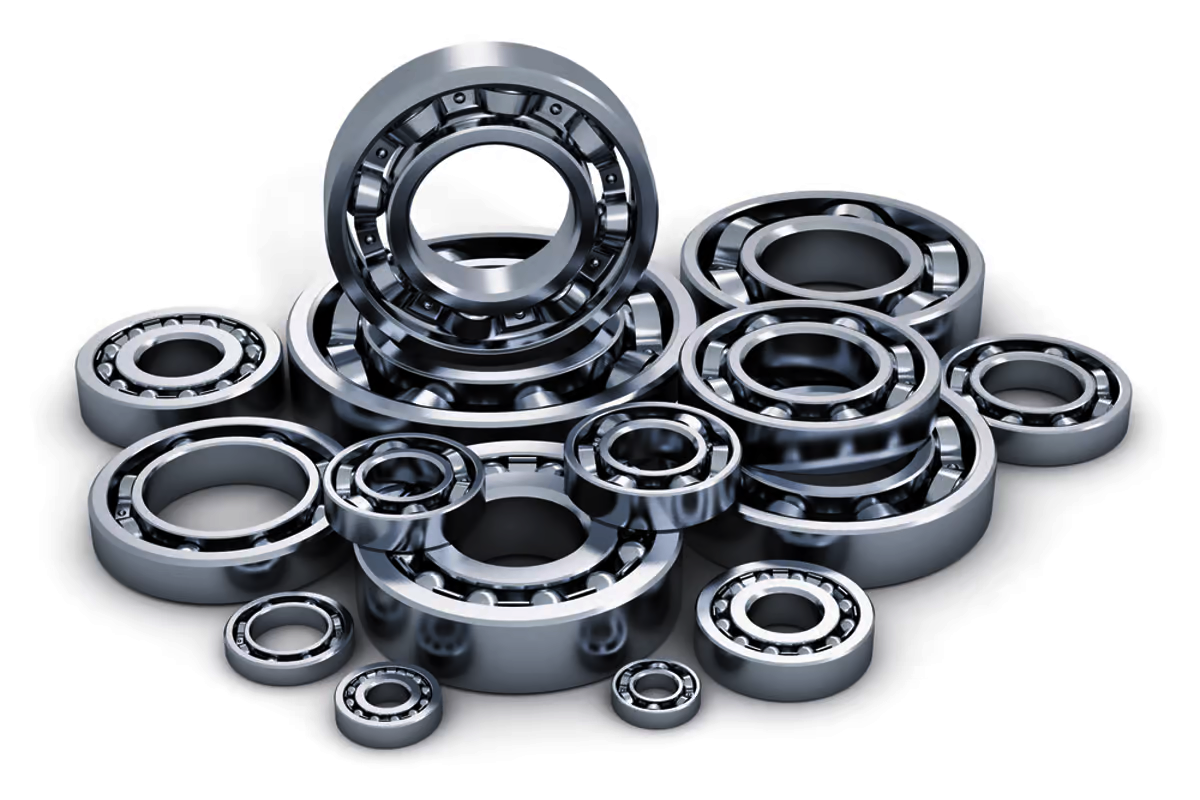How to Find the Right Ball Bearing for Your Project?
Ball bearing are important components in many machines and devices. They help reduce friction between moving parts and can improve the efficiency and lifespan of a machine. If you need to find a ball bearing for your project, there are a few things you need to consider. Don’t worry, we’re going to list them today.
Axial and Radial Loads
There are two main types of loads: axial and radial. Axial loads are those that act along the axis of the shaft. Radial loads are those that act perpendicular to the shaft.
You need to know the magnitude of both types of loads so that you can select a ball bearing that can handle them.
For example, if you’re working on a project that will require the bearing to support a lot of weight, you’ll need to select one that has a high load rating.
On the other hand, if your project will only subject the bearing to light loads, you can choose one with a lower load rating.
Speed and Operating Temperature
Next, you need to consider the speed at which the bearing will be operating, as well as the temperature range it will be expose to.
For bearings that will be subject to high speeds, you need to make sure that the bearing you select can handle those speeds without fail. If speed isn’t as big of a concern, then you can focus more on finding a bearing that meets your other needs.
Likewise, if the temperature range your bearing will be subjected to is very wide. You need to make sure that the bearing can withstand those extreme temperatures. Again, if the temperature isn’t much of a concern, then you can focus on other areas.
If you don’t consider the temperature at all, then you may find that your bearing fails prematurely due to being exposed to conditions it wasn’t meant to handle.
Size Restrictions
The space allowed for bearings is usually rather limited. In many instances, shaft diameter or bearing bore diameter is established based on design requirements. Therefore, a bearing’s type and dimensions must fit established specs.
For instance, the bearing used for a dentist’s drill must obviously be a lot smaller than the bearing used in an oil rig.
Bearing Load
The amount of load that bearings must sustain will have a big impact on what type of bearing should be used for a particular application.
Moreover, the various loads managed by a bearing can significantly affect on-going performance and for that reason must be carefully assessed during the selection process.
Some bearings must handle radial loads, which act perpendicularly to the axis of rotation. Some bearings must handle an axial load, which acts parallel to the axis of rotation. If the load on a bearing is offset from these axes, it creates a moment load.
The qualities, degree, and direction of acting loads can be highly varied. Generally speaking, the fundamental load ratings indicated in bearing dimension tables show load capacity. Yet, in deciding the correct bearing type, thought should also be given to load type.
For instance, if ball and roller bearings of relatively similar dimensions are being assessed, roller bearings should be consider for their bigger load capacity and greater capability to tolerate both vibration and shock loads.
Envelope Dimensions
Next, you need to consider the envelope dimensions of the ball bearing. The envelope dimensions are essentially the size and shape of the ball bearing. Above all else, you need to make sure that the ball bearing you choose will fit in the space you have available. If it’s too big, then it won’t work. If it’s too small, then it may not be able to handle the load you’re putting on it.
Lubrication Function
Of course, you also need to consider the lubrication function of the ball bearing. Different types of bearings are design for different types of environments and applications.
For example, some bearings are designed to operate in wet or oily environments, while others are designed for dry conditions. Make sure you choose a bearing that is appropriate for the conditions.
It will be used – this may be cylindrical roller bearings, self-aligning bearings, or another option.
Special Considerations
There are also some special considerations you need to keep in mind when choosing ball bearings. For example, if you need a bearing that can handle high temperatures, you’ll need to choose one that is design for that purpose.
Or, if you need a bearing that can resist corrosion, you’ll need to choose one that is made from materials that are resistant to corrosion.
Keep these considerations in mind when choosing ball bearings for your project to ensure that you choose the right ones. If you need help, don’t be afraid to get the advice of experts.
Operating Speeds
Every particular bearing has specified speed limits, all established from empirical testing conducted across a wide array of conventional applications. The allowable speed can differ based upon bearing size, type, degree of the load, lubrication, and temperature.
A key factor in a bearing’s high-speed performance is the kind and amount of lubrication that has been apply. In general, deep groove ball bearings and roller bearings are best for high-speed uses.

